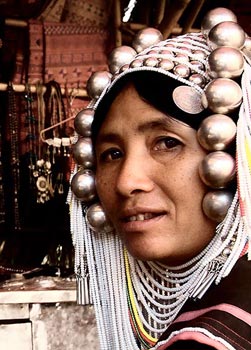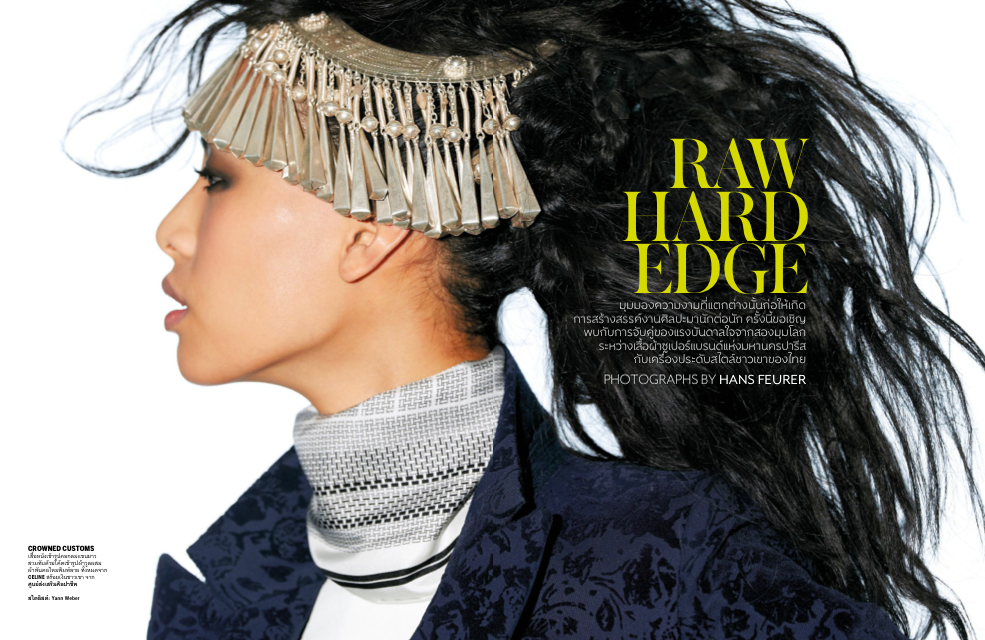Actually I had Twitter account from years ago, but I have not been interested in using it until a week ago for Digital Literacies class. During my first hours of exploring the Twitter site, I tried multiple times to create a list for the first time, which I found confusing because I have never created one before. Once I compiled my final lists--‘Eco Interest’, ‘Designers and Icons’, ‘Fashion Mag’ , and ‘My Misc--I began following their relevant users.
I found the structure of the Twitter feed interesting, and its content was simple, brief, and direct. This allows me to identify helpful information on the feed faster. Additionally, some posts provide external links, which I can use to expand my hunt for more information. It is quite useful as a research tool.
The list ‘Eco Interest’ is related to my topic of interest for my research project. The pages I followed are filtered to compile information about creativity and sustainability in fashion and fashion-related industries. At this time I have 20 people and pages on my list.
Below is pages and people I followed on ‘Eco Interest’ list
✭Edit Csanak DLA @editaQray
✭Sass Brown @EcoFashionTalk
✭SustainAbility @SustAbility
✭Livia Firth @liviafirth
✭Sustainable Business @GuardianSustBiz
✭Eco Fashion Week @EcoFashionWeek
✭Ecouterre @Ecouterre
✭Eco Design Fair @EcoDesignFair
✭Sustainable Brands @SustainBrands
✭CSF @sustfash
✭Alex and Ani @alexandani
✭Made @MadeUK
✭AliceWilby @AliceWilby
✭Fairtrade Label SA @FairtradeSA
✭Sustainable Angle @Sustainable_Ang
✭i-D @i_D
✭W magazine @wmag
✭1.618 Paris @1618Paris
✭NOT JUST A LABEL @NOTJUSTALABEL
✭Luxury Society @LuxurySociety
credit : Twitter
Reflecting on Roxane Gay’s ‘When Twitter Does What Journalism Can’t’ and Rhiengold’s ’Twitter Literacy’, I recently realized that proper ‘feeding and tuning’ can significantly benefit my research about ethical fashion jewelry businesses in many aspects. One is receiving the most recently updated news and happenings in this industry. For instance, I was introduced to Vancouver’s Eco Fashion Week due to its hashtag appearing on one of the pages that I followed. Secondly, various points of view from multiple channels on my feed helps in broadening my research perspective about ways to make fashion products and businesses more sustainable. The other benefit I experienced from using Twitter is being able to see and compile interesting info-graphics and videos from the feed. They are excellent auxiliary visual materials for my research, which I have difficulty finding when utilizing keywords that have been tailored to my research in search engines.
Citation
"When Twitter does what journalism can't - Salon.com." 2013. 20 Apr. 2015 <http://www.salon.com/2013/06/26/when_twitter_does_what_journalism_cant/>
"Twitter Literacy (I refuse to make up a Twittery name for it ..." 2011. 20 Apr. 2015 <http://blog.sfgate.com/rheingold/2009/05/11/twitter-literacy-i-refuse-to-make-up-a-twittery-name-for-it/>





